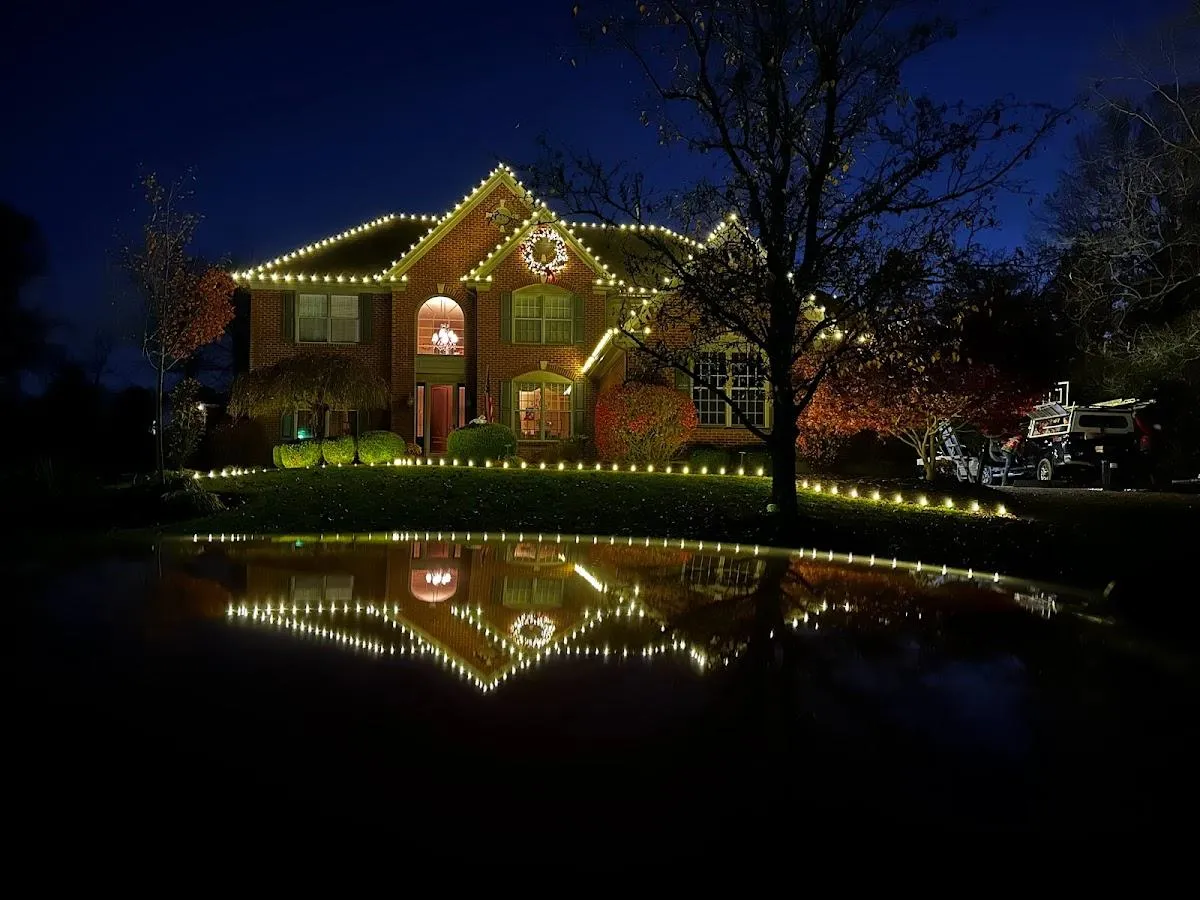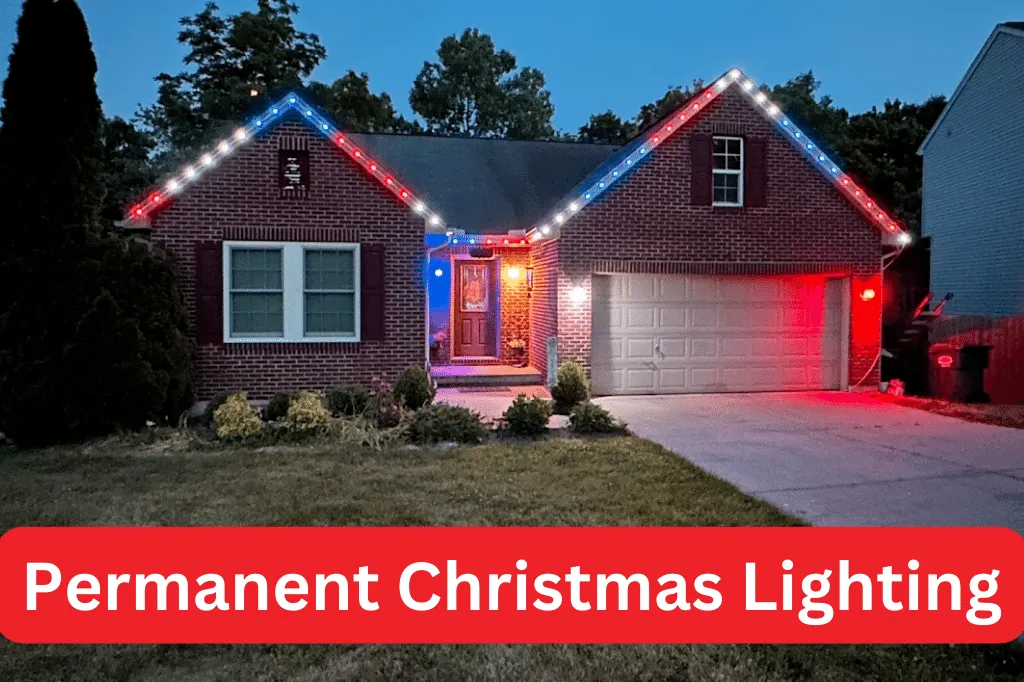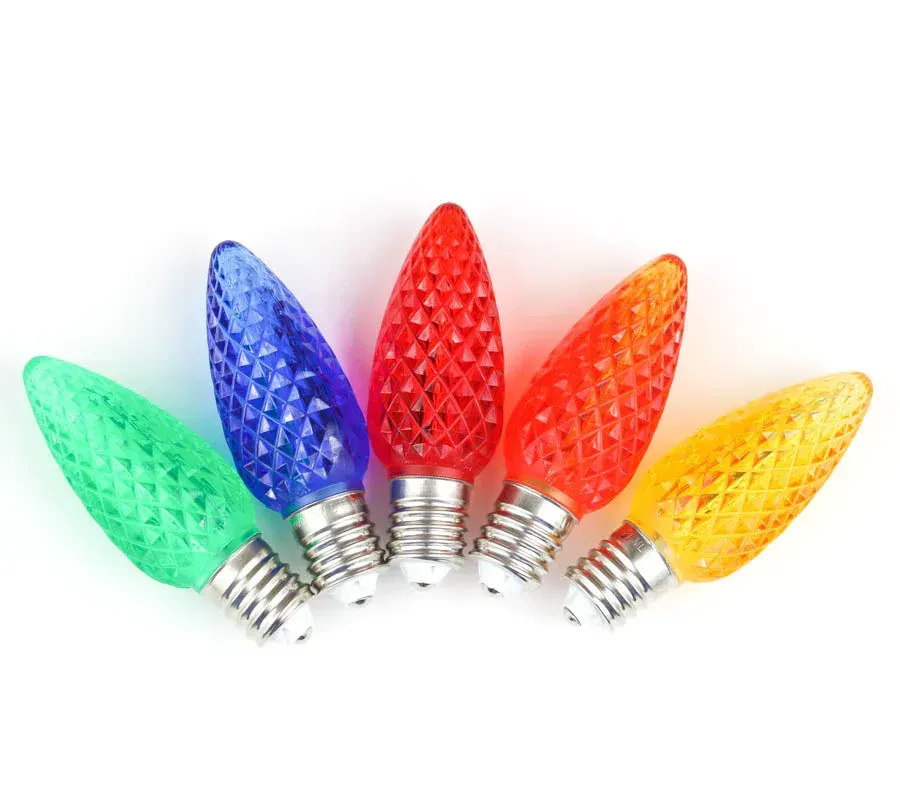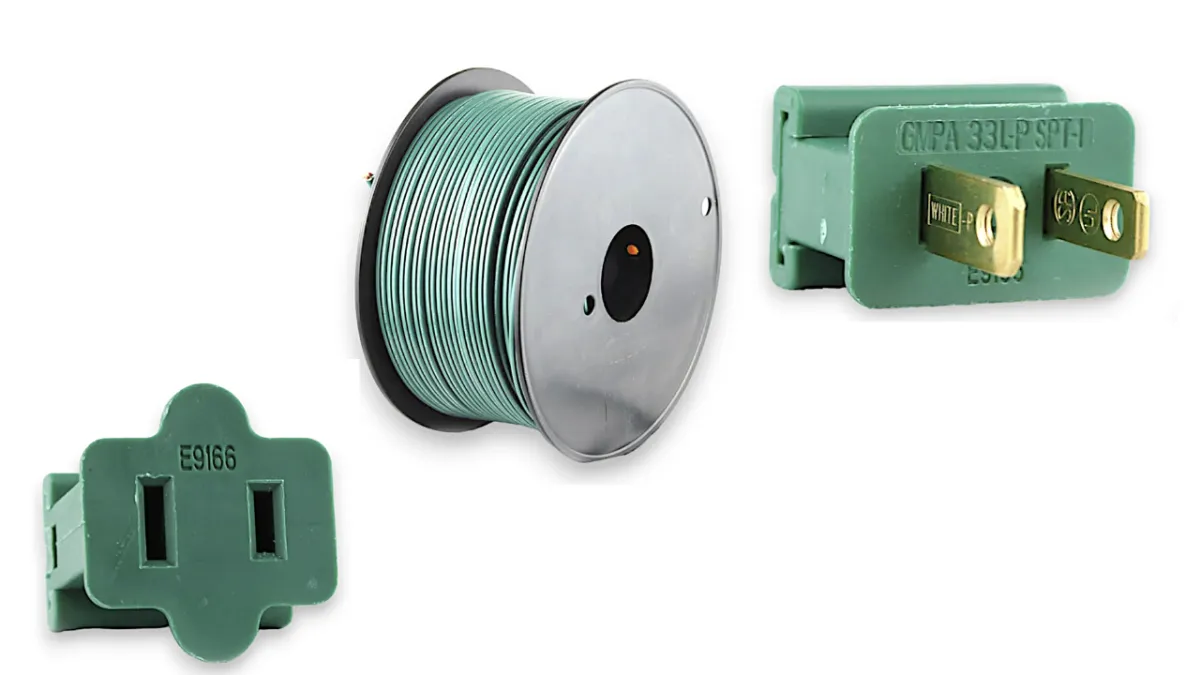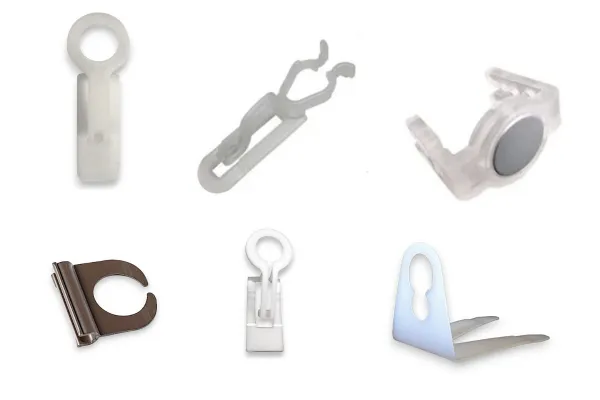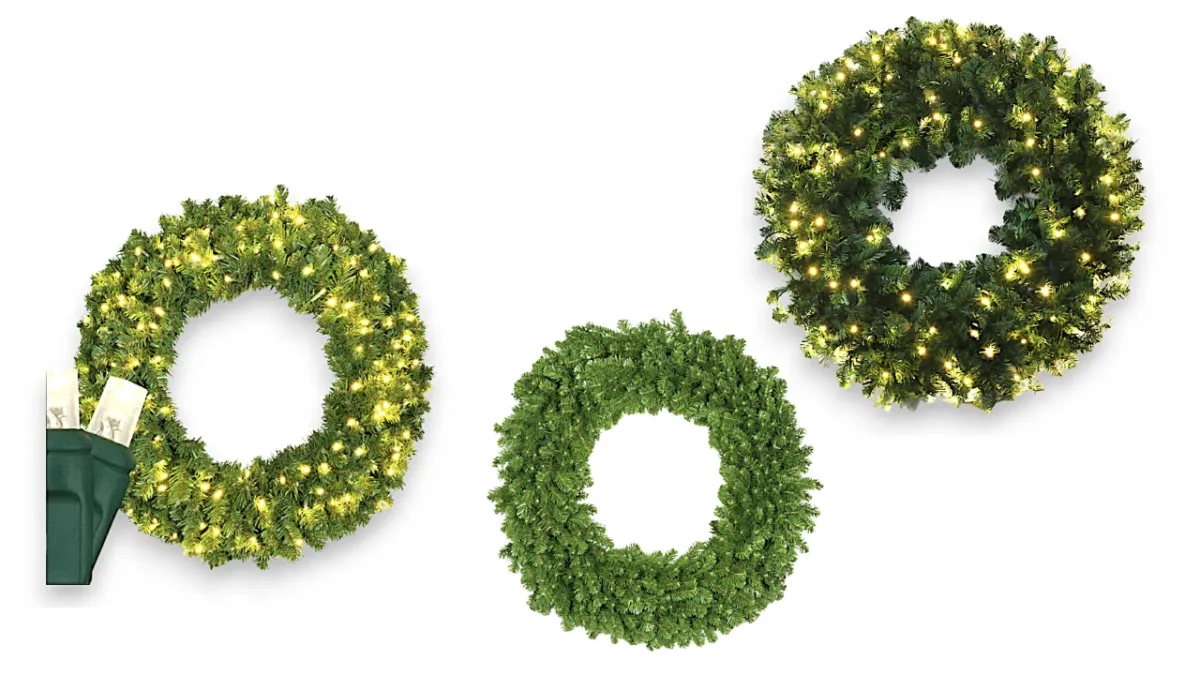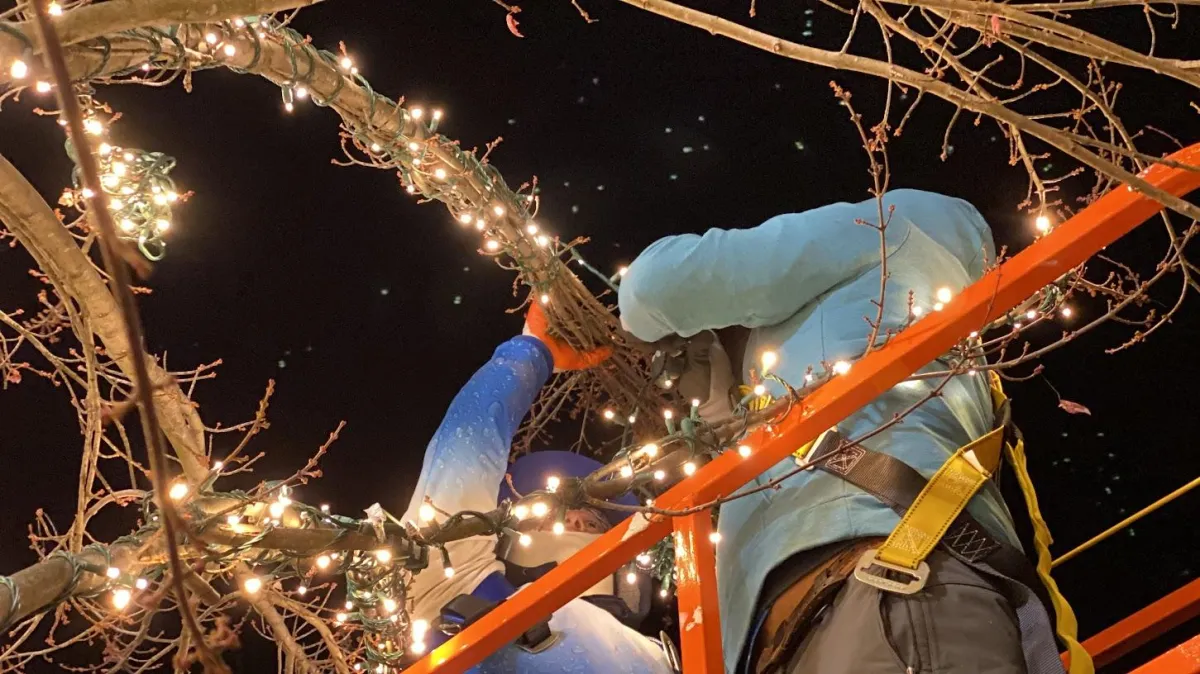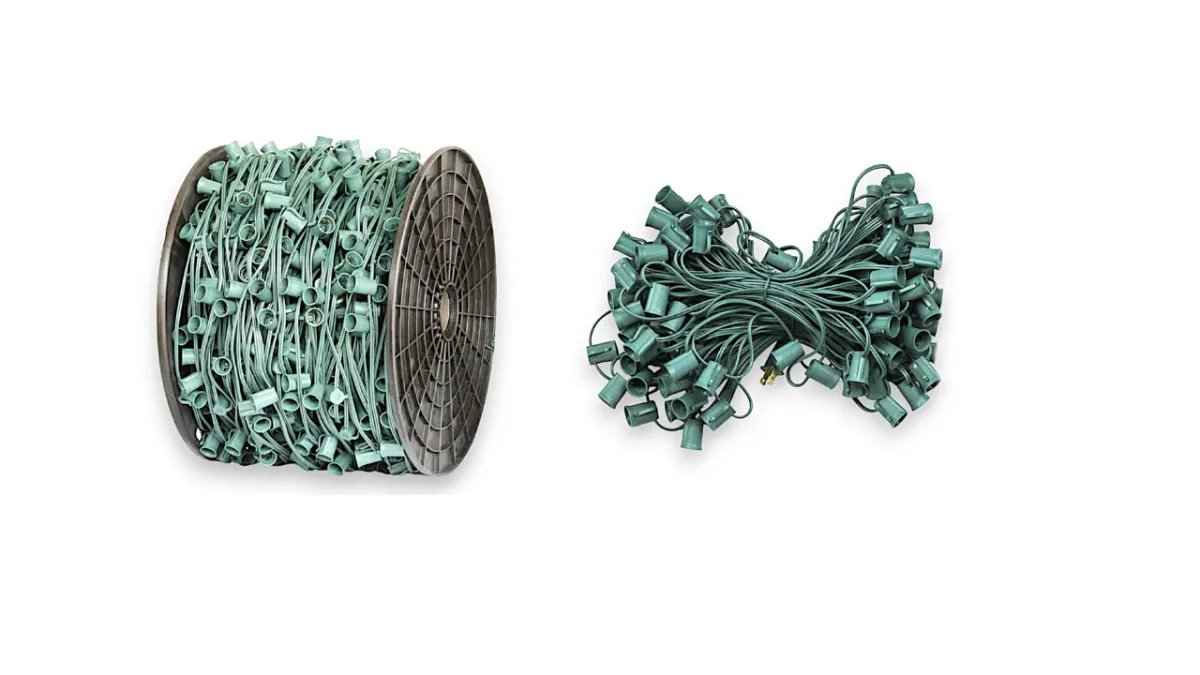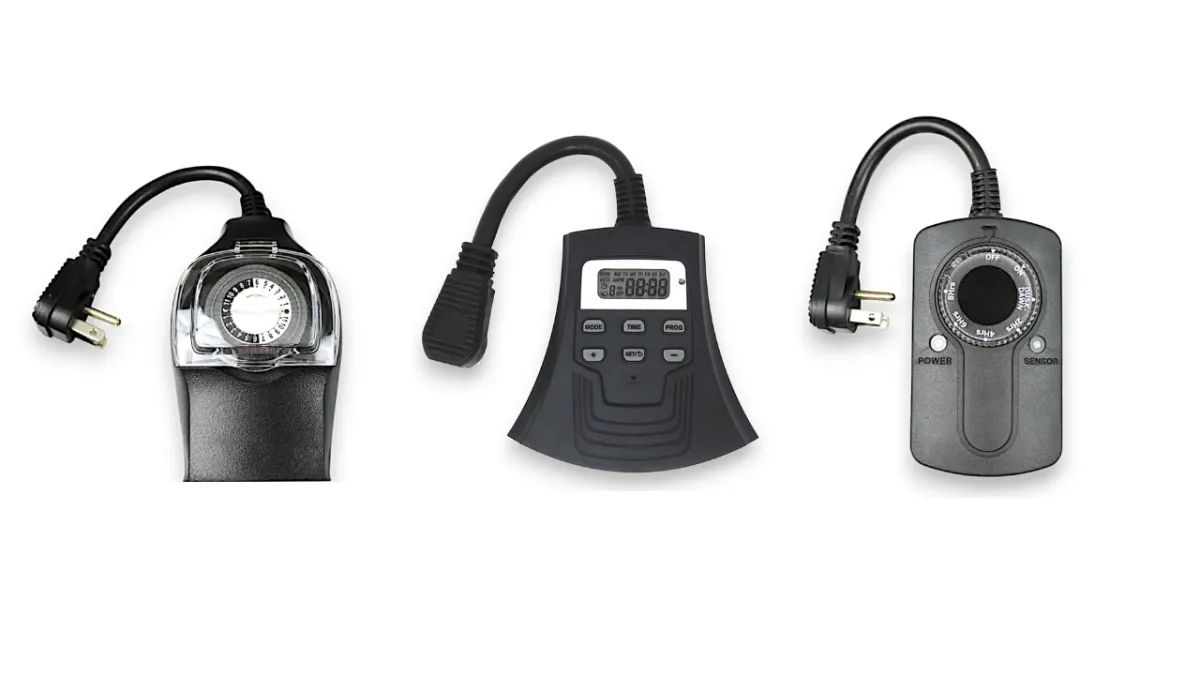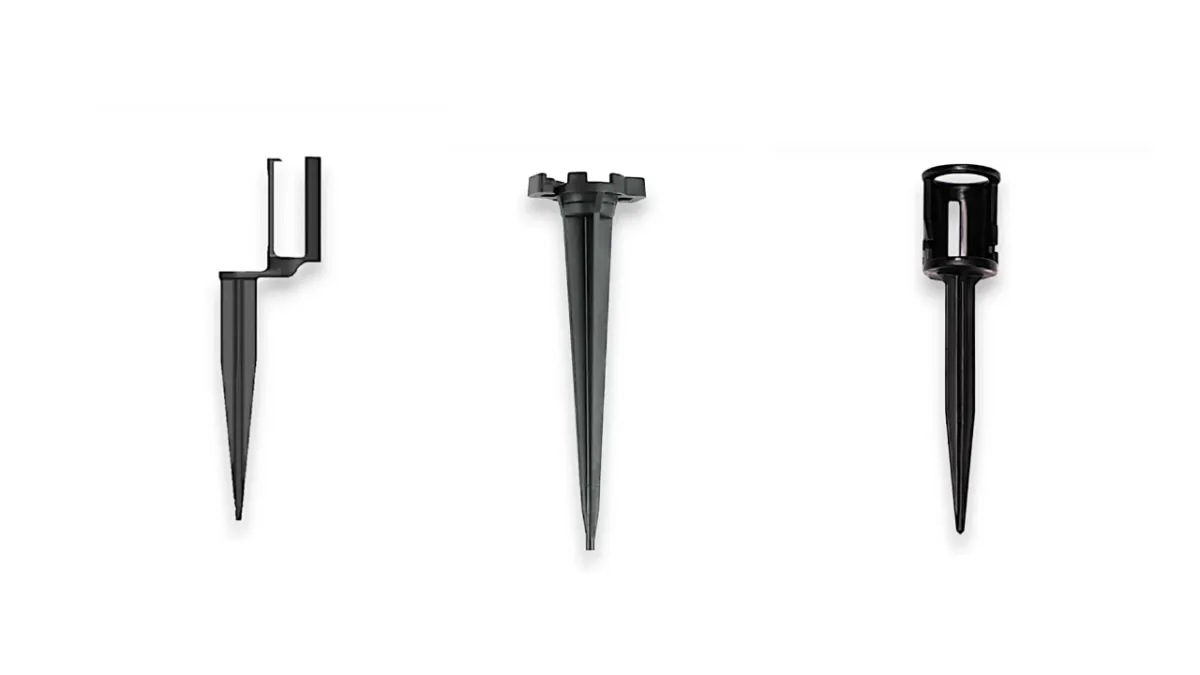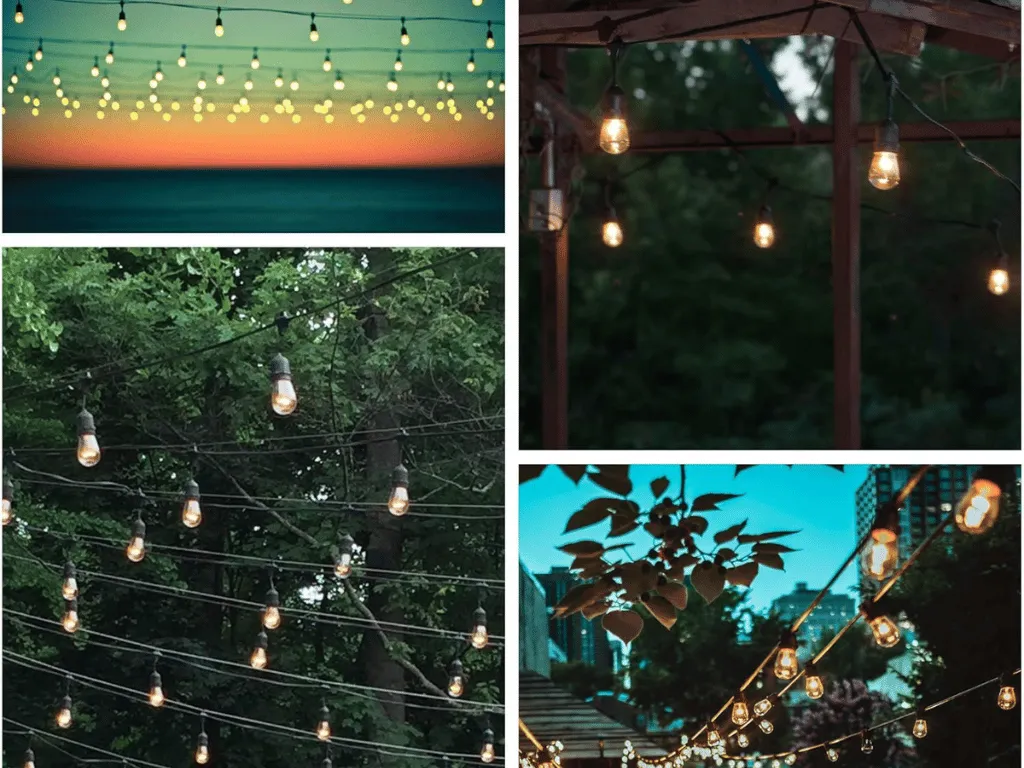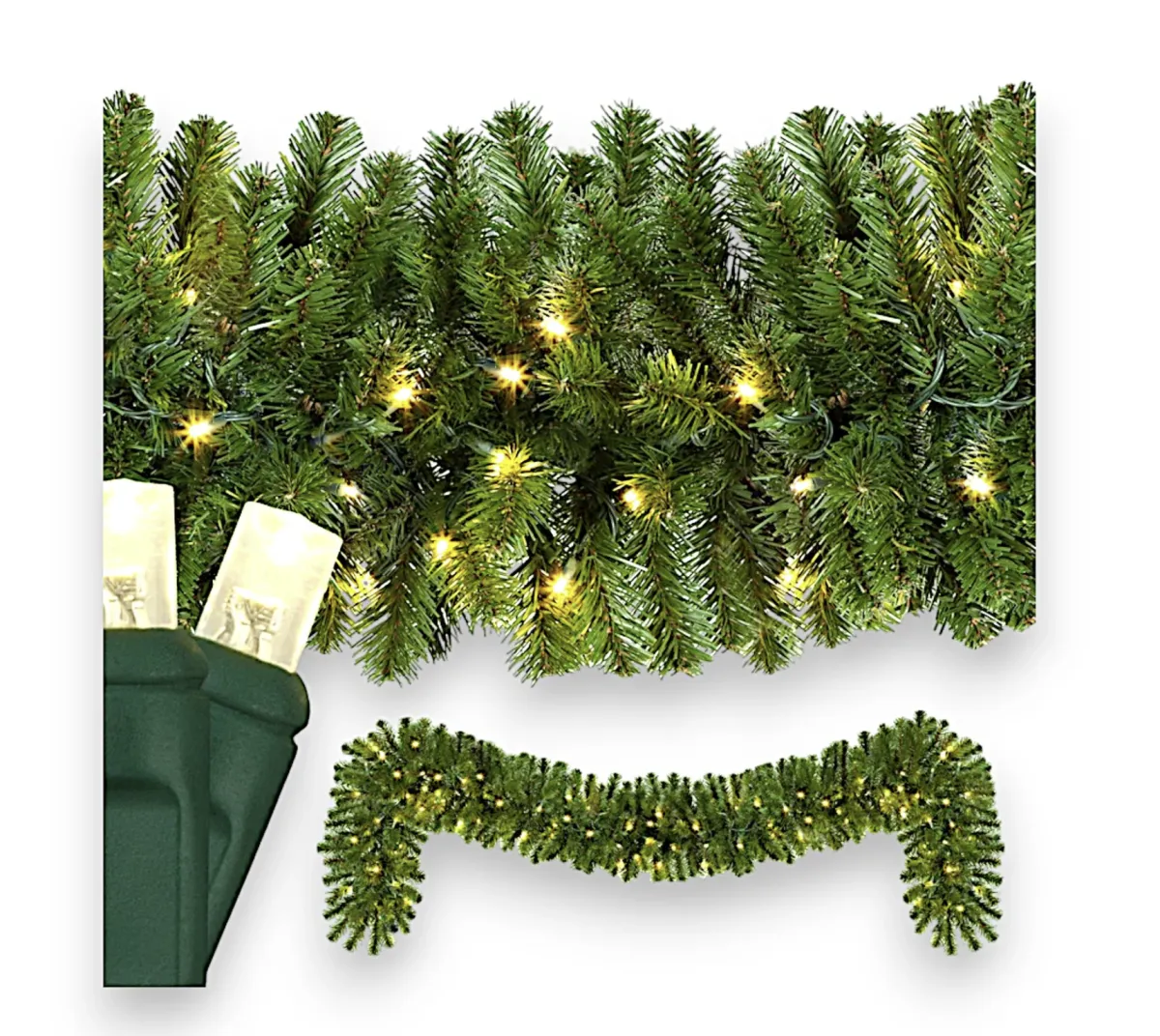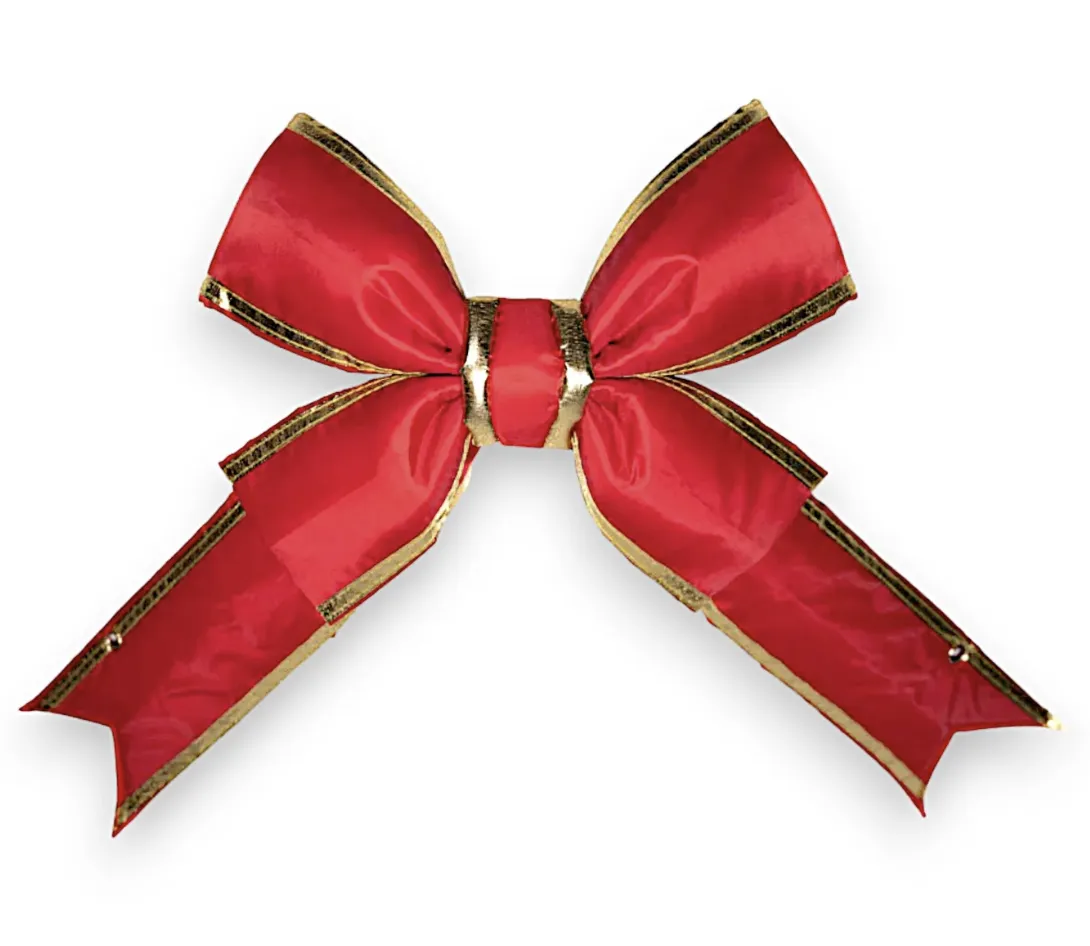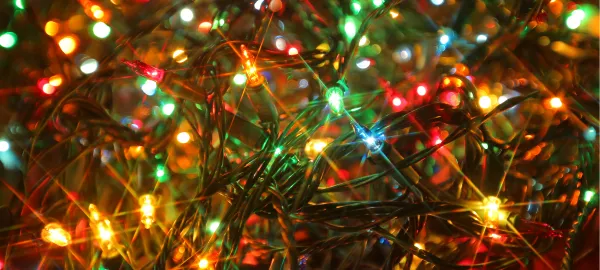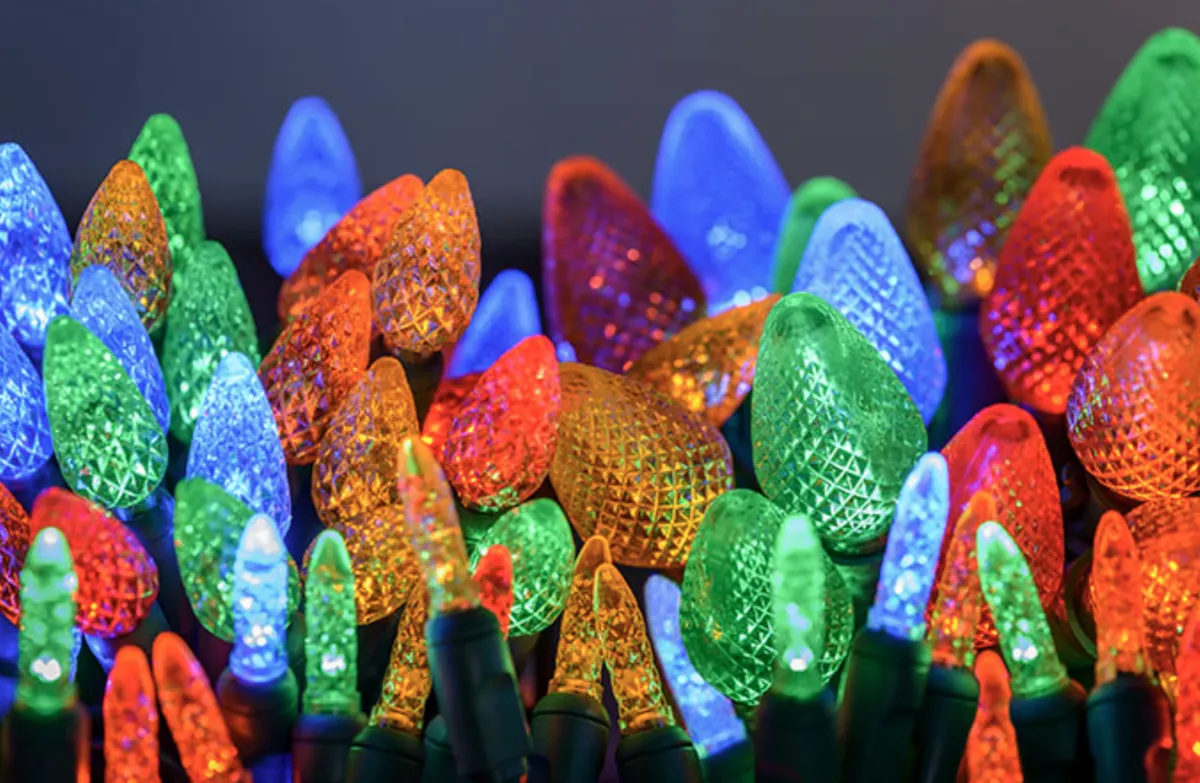All The Lights, Wire, Plugs, Garland, And Wreaths You Need To Build A Successful Christmas Lights Business
Premium Wholesale Christmas Lights supplies for Professional-Grade Installations
Your One-Stop Shop for Exceptional Christmas Lighting Solutions
Welcome to the ultimate resource for all your Christmas lights installation needs!
We understand the importance of quality, durability, and variety when it comes to building a successful Christmas lights installation business. That's why we offer an extensive selection of everything you need to illuminate the holiday season with brilliance and style.
All Christmas Lights Supplies
Professional-grade Christmas light supplies at unbeatable wholesale prices. Our premium holiday lighting solutions are specifically designed to meet the needs of professional installers, offering the highest quality and durability for stunning and reliable Christmas light displays.
EASY Starter Packages
Kickstart your holiday lighting business with our all-inclusive Christmas lights starter packages. These packages include everything you need, from bulbs and clips to socket wires and extension cords, ensuring you're fully prepared to begin your lighting installations from day one.
Frequently Asked Questions
What are the essential supplies needed for Christmas light installation?
The basics include bulbs (like C9 or C7), socket wire, clips, plugs, extension wires, and optionally, timers. Check out the Christmas lights starter packages to get everything you need to start.
How do I choose the right type of Christmas light bulb?
Consider the desired look and location. C9 bulbs are larger and often used for outdoor displays, while mini lights are great for trees and bushes.
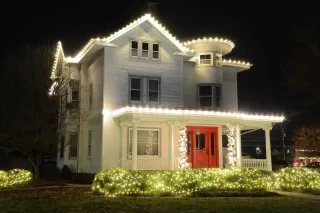
What is the difference between commercial-grade and residential-grade Christmas lights?
Commercial-grade Christmas lights are designed for heavy-duty use and can withstand harsher conditions than residential-grade lights. They are also typically brighter and more durable.
What are the different types of commercial-grade Christmas lights?
The most common types of commercial-grade Christmas lights are LED, C7, C9, mini, and solar lights.
What are the benefits of using commercial-grade Christmas lights?
Commercial-grade Christmas lights are more durable, brighter, and more energy-efficient than residential-grade lights. They are also more versatile and can be used to create a variety of different looks.
What are the drawbacks of using commercial-grade Christmas lights?
Commercial-grade Christmas lights can be more expensive than residential-grade lights. They may also be more difficult to find.
How do I choose the right type of commercial-grade Christmas lights for my needs?
When choosing commercial-grade Christmas lights, consider the following factors:
Durability: If you are using the lights for a large or outdoor display, you will need to choose lights that are durable and can withstand harsh weather conditions.
Brightness: If you need the lights to be seen from a distance, you will need to choose lights that are bright.
Energy efficiency: If you are using the lights for a long period of time, you will want to choose lights that are energy-efficient.
Versatility: If you want to be able to create a variety of different looks, you will need to choose lights that are versatile.
Cost: Commercial-grade Christmas lights can be more expensive than residential-grade lights. Set a budget before you start shopping.
Where can I buy commercial-grade Christmas lights?
Commercial-grade Christmas lights can be purchased online, at specialty lighting stores, and at some home improvement stores. Best prices are above to buy lights
How do I install commercial-grade Christmas lights?
To test commercial-grade Christmas lights before you install them, simply plug them in and turn them on. If any of the lights do not work, replace them before you put up your display.
How do I store commercial-grade Christmas lights properly?
When you are finished with your commercial-grade Christmas lights, be sure to store them properly in a cool, dry place. This will help to extend the life of your lights.
What is the average lifespan of commercial-grade Christmas lights?
The average lifespan of commercial-grade Christmas lights is 5-10 years. However, this can vary depending on the type of light and how well it is cared for.
How do I troubleshoot commercial-grade Christmas lights?
If you are having problems with your commercial-grade Christmas lights, the first thing you should do is check the wiring. Make sure that all of the connections are secure and that there are no frayed or damaged wires. If the wiring is in good condition, the next thing you should do is check the light bulbs. Replace any bulbs that are burned out.
What is the warranty on commercial-grade Christmas lights?
The warranty on commercial-grade Christmas lights varies depending on the manufacturer. Be sure to read the warranty information before you purchase your lights.
What are the safety precautions to take when using commercial-grade Christmas lights?
When using commercial-grade Christmas lights, it is important to take the following safety precautions:
Always use proper wiring.
Secure your lights to the ground or structure.
Do not overload your electrical circuits.
Be careful when using ladders or other elevated surfaces.
Discover Expert Tips on Our Blog
Copyright ©2025 All Right Reserved website designed by christmaslights.io
Terms of Service / Privacy Policy
Have questions or need assistance?
Contact us at (855)619-LITE


